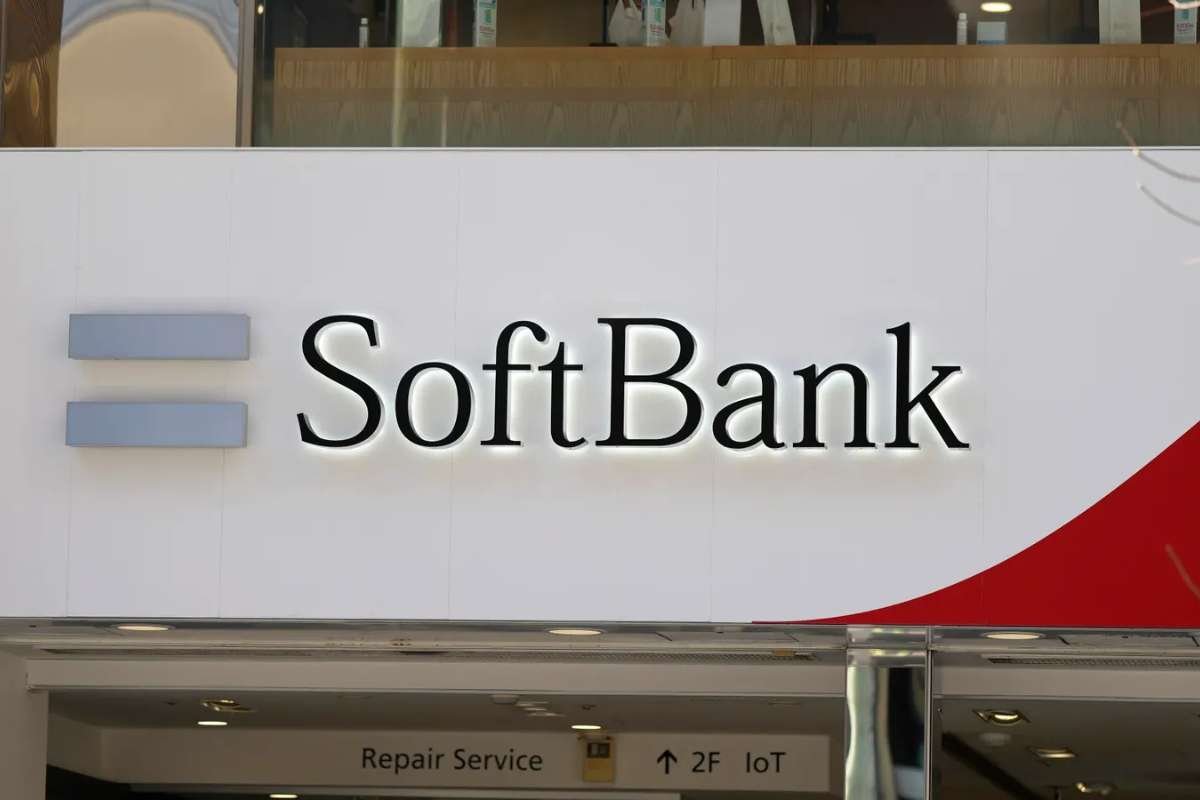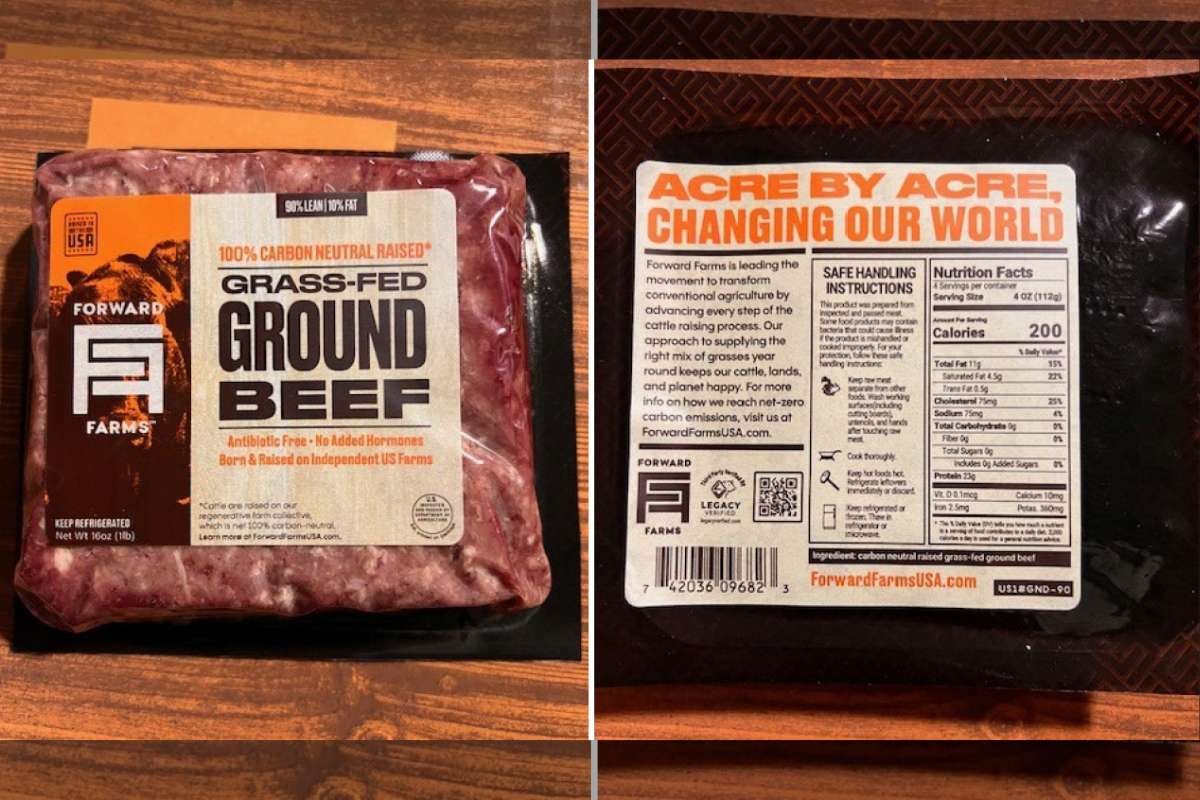Tesla’s second-quarter earnings on Wednesday, July 23, with analysts anticipating revenue around $22.9 billion a near 10% year-over-year drop and adjusted earnings per share of $0.43, down nearly 20%. Vehicle deliveries are also expected to decline sharply, falling 13–13.5% YoY to an estimated 384,000–390,000 units.
Despite these declines, investor interest remains high not for Tesla’s balance sheet, but for what CEO Elon Musk may reveal. With Tesla teasing a major robotaxi unveiling on August 8, markets are tuned in to hear more about autonomy, cost-cutting, and upcoming product strategies that could reignite growth.
Stock Volatility, Political Baggage, and Market Skepticism
Tesla stock has recently flirted with the $1 trillion market cap, trading in the $320–330 range, buoyed by optimism around its tech future. Notably, Cathie Wood’s ARK Invest doubled down on its bullish thesis, buying over 115,000 shares and reaffirming a $2,600/share target by 2029.
However, not all are convinced. UBS and JPMorgan continue to warn against overreliance on narrative over numbers, with price targets of $215 and $115, respectively. Analysts argue that investor faith hinges more on Musk’s future forward claims robotaxis, AI, and Optimus humanoids than on Tesla’s current fundamentals.
External pressures are mounting too. New U.S. tariffs on Chinese graphite could add up to $200 in cost per EV, while a recent legal settlement over Tesla’s driver-assist tech revives safety concerns. Additionally, Musk’s increasingly public ties to Donald Trump have sparked geopolitical unease, especially in overseas markets like Europe and China.
Growth Narrative vs Reality: Can Tesla Deliver?
Looking forward, Tesla faces an inflection point. Investors are eager for updates on the affordable next-gen model, robotaxi platform, and Autopilot advancements, all while watching for recovery in delivery volumes and operating margins.
Tesla’s reliance on regulatory credits, its volatile Electric vehicles (EV) demand, and the uncertain future of EV tax credits may constrain near-term profitability. Still, for long-term believers, Tesla’s potential as a mobility platform and AI robotics player outweighs today’s softness.
The upcoming Tesla’s second-quarter earnings call could shape Tesla’s near-future narrative either reinforcing its tech-fueled dreams or forcing a reality check on its slowing core business.
Tesla’s second-quarter earnings are poised to show cracks in its current business model, but that may not matter to investors betting on what’s next. As the company straddles between lagging EV sales and a future of autonomous driving and robotics, Elon Musk’s next few words may carry more weight than any balance sheet figure.


















